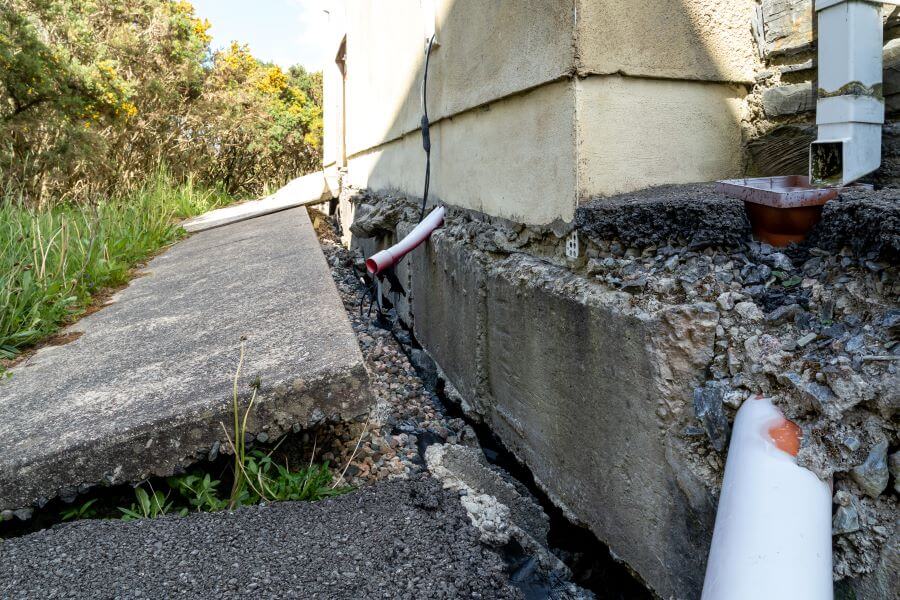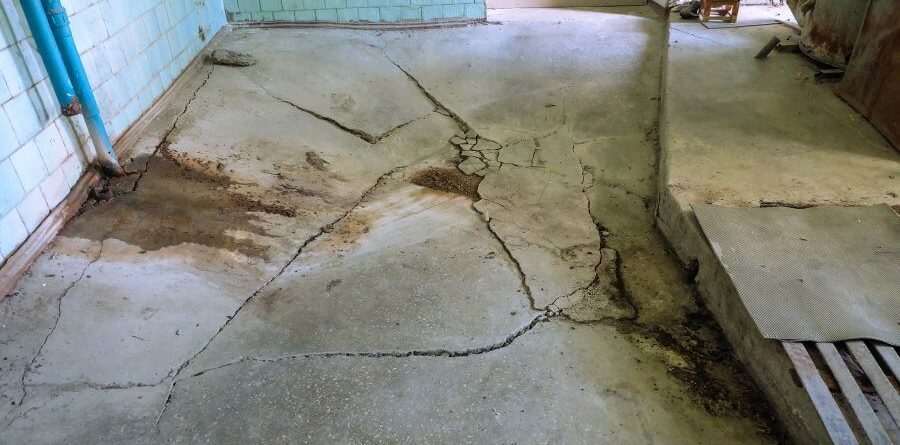Uncovering the Unseen: Recognising the Hidden Signs of Subsidence in Construction
Understanding and addressing the foundations of a structure is as critical as the design itself. Subsidence, the gradual sinking of the ground causing a building to settle, poses a significant risk to structural integrity and safety.
Often, the signs of subsidence are subtle, making early detection and intervention vital. Matthew O’Sullivan of Subsidence Ltd highlights the importance of this issue: “Crack patterns often tell a story. Understanding this language is key to early subsidence detection.”
Here are some of the telltale signs of subsidence, a problem best dealt with quickly.
Key takeaways
- Early detection is crucial: Look out for subtle signs like diagonal cracks, sticking doors, and uneven floors.
- Understanding signs: Rippling wallpaper and gaps between walls and floors can indicate subsidence.
- Preventative measures: Regular inspections and understanding local geology are vital for mitigating subsidence risks.
Cracks in walls and foundations
The most common yet often overlooked sign of subsidence is the appearance of cracks. Look for diagonal cracks that are wider at the top than the bottom, particularly around doors and windows. These cracks often indicate that part of the building is moving differently from the rest.
Doors and windows sticking
Subtle changes in the alignment of a building due to subsidence can cause doors and windows to stick or fail to close properly. This sign is often mistaken for poor craftsmanship but can be a clear indicator of subsidence.
Uneven floors
An uneven or sloping floor can be a sign of subsidence. It’s essential to monitor for sudden changes or progressive worsening, even though this can sometimes be due to natural settling.
Gaps between walls and floors or ceilings
Watch for gaps appearing where walls meet floors or ceilings. These gaps can indicate that part of the structure is moving away from the rest, a classic sign of subsidence.
Rippling wallpaper
Rippling or crinkling wallpaper not caused by dampness can be a sign of wall movement due to subsidence, often one of the most subtle indicators.
Conclusion
Recognising the hidden signs of subsidence is crucial in the construction industry. Early detection leads to more manageable repairs and can significantly reduce the risk of severe structural damage. Regular inspections, understanding the local geology, and investing in preventative measures are key strategies in mitigating the risks associated with subsidence. As O’Sullivan emphasises, “Awareness and proactive management is the best defence against the challenges of subsidence.”

Frequently Asked Questions
What is subsidence in construction?
Subsidence in construction refers to the gradual sinking of the ground, causing a building to settle unevenly. This can lead to structural damage if not addressed.
How can you tell if a building has subsidence?
Look for signs like diagonal cracks in walls, doors and windows that stick, uneven floors, gaps between walls and ceilings, and rippling wallpaper.
What causes subsidence?
Subsidence can be caused by various factors, including soil type, moisture levels, nearby vegetation, and previous mining activities in the area.
Is subsidence a serious problem?
Yes, it can be a serious problem as it affects the structural integrity and safety of a building. Early detection and repair are crucial.
Can subsidence be fixed?
Yes, subsidence can often be fixed with methods like underpinning, but the approach depends on the severity and cause of the subsidence.


